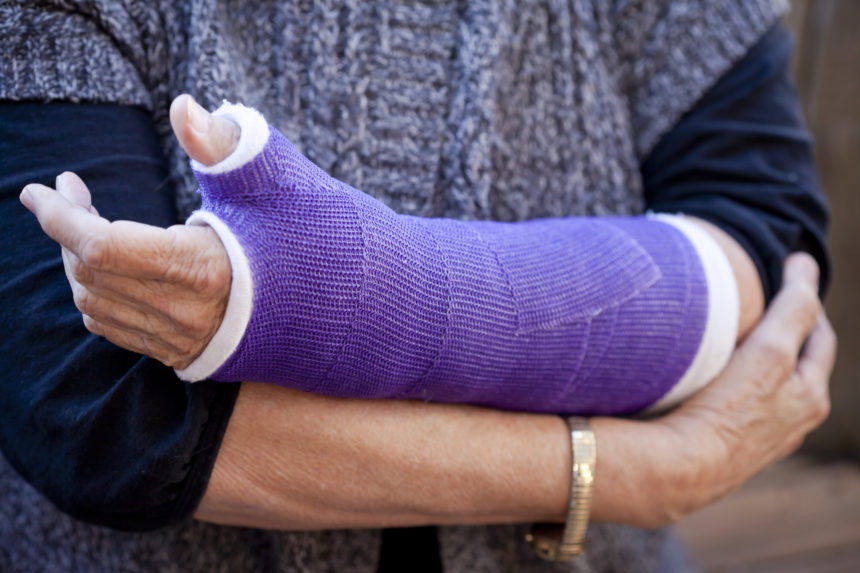
Hand grip strength has become a reliable indicator of health, especially in older adults. Among other associations, a new study finds that low hand grip strength was linked to osteoporosis in women over 65, and osteopenia, a decrease in bone mineral density, in women under 65.
That association wasn’t present in men, the study on 2,366 older adults found. Participants were from different parts of the country, and enrolled at Stanford University, Duke University, and California Health and Longevity Institute.
The study also found other connections. It showed a link between low grip strength and higher estimated glomerular filtration rate (or eGFR, a measure of kidney function) in people less than 65, the study published April 18 in Scientific Reports found.
And both men and women who were age 65 and up who had higher low-density-lipoprotein (LDL) cholesterol had higher hand grip strength (HGS), regardless of sex. There was an increase in hand grip strength for every 10 mg/dL increase in LDL, and that was twice as high in males.
Researchers found an association between higher absolute monocyte count (a measure of immune health) and lower hand grip strength among women 65 and up; there was a link between higher total lymphocyte count (another immune cell marker) and lower grip strength in women under the age of 65. Among men who were 65 and up, higher total neutrophil counts were associated with lower hand grip strength but there weren’t associations between immune cell measures and hand grip strength in younger men.
Low hand grip strength was also tied to body image concerns, subjective happiness, and positive feeling score in females, as well as attention-deficit/ hyperactivity disorder in men younger than 65.
The study was the first to stratify participants by age in order to investigate variables associated with hand grip strength, allowing comparisons across both sex and age, the authors said.
“Our results underscore previous findings that HGS is associated with several health dimensions of interest and that these associations vary by age and sex,” the authors wrote.




